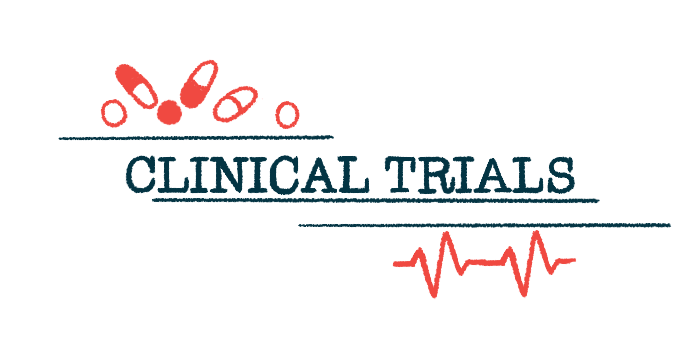Dosing Begins in Trial of ATA-100, Limb-girdle MD Gene Therapy
Phase 1/2 study enrolling people with LGMD-2I/R9 at sites in Europe

A first patient has been dosed in Denmark as part of a Phase 1/2 trial of ATA-100, Atamyo Therapeutics’ one-time gene therapy for a specific form of limb-girdle muscular dystrophy called LGMD-2I or LGMD-R9.
“This is an exciting milestone for our company but most importantly, if this clinical trial is successful, it could have a life-changing impact for patients affected by LGMD-R9,” Stephane Degove, CEO and co-founder of Atamyo, said in a company press release.
LGMD-2I/R9 is caused by mutations in FKRP, a gene that carries the information to make the fukutin-related protein (FKRP). Symptoms, which can start in childhood or early adulthood, progress slowly, causing muscle weakness that can affect a patient’s ability to walk and breathe.
ATA-100 (previously, GNT0006) is designed to deliver a healthy copy of the FKRP gene to cells using a harmless vehicle that the company has modified based on the naturally occurring adeno-associated virus.
ATA-100 trial recruiting 6 patients for part one, 33 for part two
The two-part trial (NCT05224505) aims to assess the safety, pharmacodynamic (the effects of a therapy on the body), efficacy, and immunogenicity — ability to provoke an immune response — of a single dose of ATA-100 delivered intravenously, or into a vein. Its primary goal will be the percentage change from the study’s start in patients’ forced vital capacity — a measure of lung health — one year after treatment.
Part one, which has begun dosing, is an open-label (no placebo) dose-escalation stage. One group of three patients will receive a low dose (9.0E12 vector genomes per kilogram, vg/kg), while another three will be given a higher dose of 2.7E13 vg/kg. Part one will help in selecting the most effective dose to be tested in part two.
Part one is currently enrolling eligible patients, ages 16 and older, at one site in Denmark, and one in France. A third site in England is expected to open soon. Site and contact information is available.
“After the first patient dosed in Copenhagen, we are now expecting recruitments at the two other approved clinical sites (Paris, FR, and Newcastle, UK) to complete enrollment of the dose escalation phase (Stage 1) of the study,” said Sophie Olivier, MD, Atamyo’s chief medical officer.
In part two, 33 patients capable of walking will be randomly assigned to a single administration of ATA-100 or a placebo. After one year, those given the placebo will receive ATA-100 and vice-versa, a practice used to maintain a blind on trial data. Additional sites are planned for Europe and the U.S. for this larger trial phase, Olivier said.
All patients will be followed for up to five years after ATA-100 treatment.
“This experimental treatment represents a new hope for the patients,” said John Vissing, MD, PhD, director of the Copenhagen Neuromuscular Center at the National Hospital, Rigshospitalet, and the trial’s principal investigator. “It is a great motivation to know that the work we are doing here has the potential to make a life-changing difference.”
Both the U.S. Food and Drug Administration and the European Medicines Agency granted orphan drug designation to ATA-100 for LGMD-2I/R9. Orphan drug status aims to encourage the development of therapies for rare and serious diseases, through benefits such as a period of market exclusivity upon regulatory approval and tax credits.







